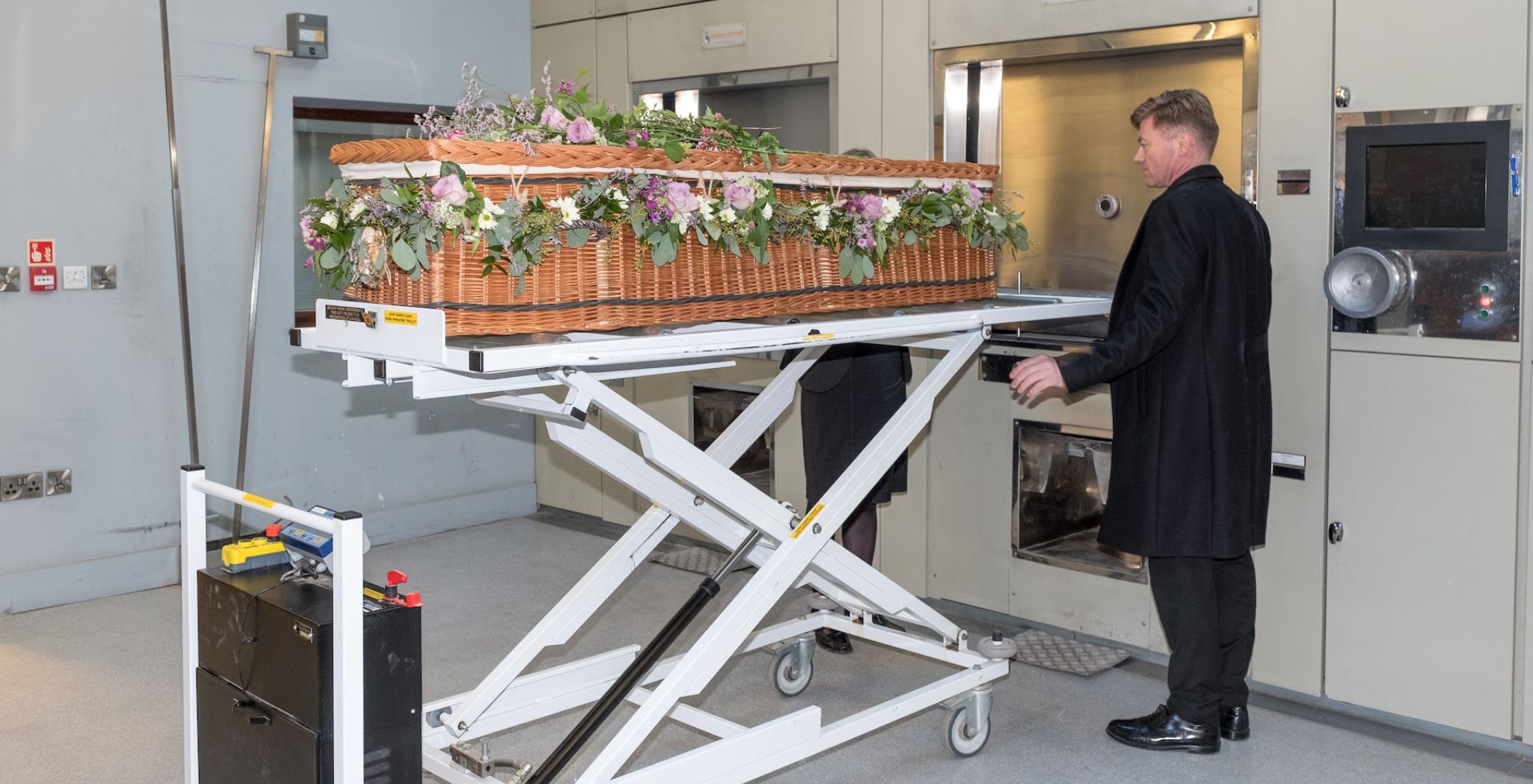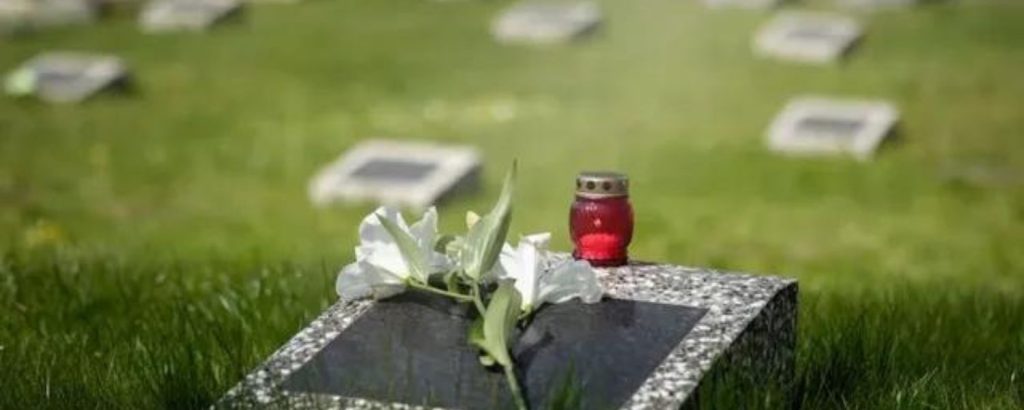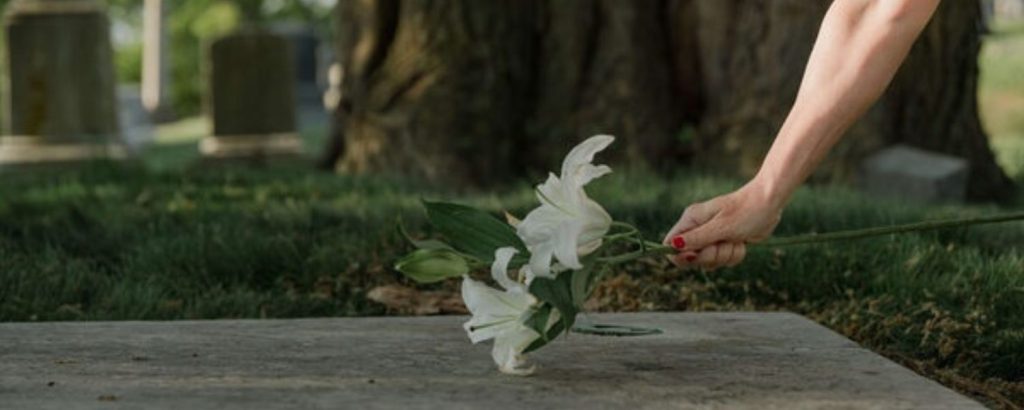
Have you ever wondered what happens during the cremation process? It’s a question that many people ponder when considering end-of-life arrangements. Cremation has gained popularity as a preferred method for final disposition, providing a flexible and personalised alternative to traditional burial service. In this guide, we’ll walk through the cremation process step-by-step, exploring why people choose cremation, how it works, and what happens at each stage. To shed light on the process, we’ll refer to the practices of Swanborough Funerals, a trusted provider known for its compassionate and professional services.
What is cremation?

Cremation involves using intense heat to break down a deceased body into its basic components. The result of cremation is ashes, also known as cremated remains or cremains. These ashes consist of bone fragments and are typically greyish-white in colour.
Types of Cremation
Cremation options vary, with traditional cremation and direct cremation being the two main types. Traditional cremation includes a funeral service before cremation, whereas direct cremation skips the service and proceeds straight to cremation. At Swanborough Funerals, they offer various cremation options to suit the preferences and budget of each family.
Why do people decide on cremation?

People choose cremation for various reasons, reflecting personal beliefs, practical considerations, and cultural influences. Here are some common reasons why individuals opt for cremation:
1. Flexibility and Personalisation: Cremation offers flexibility in memorialisation options. Families have the option to either conduct a traditional funeral service before cremation or select a direct cremation without a prior ceremony. This flexibility allows loved ones to customise the farewell according to their wishes.
2. Environmental Considerations: Certain individuals opt for cremation due to their perceived environmental advantages. While cremation produces carbon emissions, it requires less land than burial service, which may appeal to those concerned about conserving natural resources or reducing their ecological footprint.
3. Space Constraints: In densely populated areas where burial space is limited, cremation may be a practical choice. Cremated remains take up less space than a traditional burial plot, making cremation a viable option for individuals and families facing space constraints in urban or crowded areas.
4. Ease of Transportation: Cremated remains portable and easily transported, allowing families to scatter the ashes in meaningful locations or keep them close as a memorial. This flexibility appeals to individuals who value the idea of being able to carry their loved one’s remains with them, whether for scattering, burial, or keeping at home.
5. Cultural and Religious Beliefs: Cultural and religious beliefs play a significant role in end-of-life decision-making. For some cultures and faith traditions, cremation is the preferred method of disposition, reflecting religious teachings or cultural practices surrounding death and the afterlife.
6. Personal Preference: Ultimately, the decision to choose cremation is a deeply personal one. Some individuals simply feel more comfortable with the idea of cremation, viewing it as a dignified and practical option for their final disposition. Personal preference, informed by individual values, beliefs, and experiences, often guides the decision-making process when it comes to end-of-life arrangements.
What is the cremation process, and how does it work?

Now, let’s delve into the cremation process step-by-step, from the initial identification of the deceased to the final transfer of ashes.
Step 1. Identifying the Deceased
The first step in the cremation process is the identification of the deceased. This involves verifying the individual’s identity and ensuring all necessary paperwork is in order. At Swanborough Funerals, trained professionals handle this process with sensitivity and respect, working closely with the family to gather the required information.
Step 2. Authorising the Procedure
Once the deceased has been identified, the next step is to authorise the cremation procedure. This involves obtaining consent from the appropriate parties, such as family members or legal representatives. At Swanborough Funerals, their team guides families through the authorisation process, answering any questions and providing support during this difficult time.
Step 3. Preparing the Body
Before cremation can take place, the body must be prepared. This may involve removing items such as jewellery or prosthetics and ensuring that the deceased is appropriately dressed for cremation. Any medical devices, such as pacemakers, must also be removed to prevent complications.
How is a body prepared for cremation?
At Swanborough Funerals, experienced staff members handle the preparation of the body with care and attention to detail. They ensure that the deceased is treated with dignity and respect throughout the process.
Step 4. Finalising the Remains
After preparing the body, it is carefully placed inside a cremation container or casket. This container is then positioned within the cremation chamber, where it is subjected to high temperatures and flames. During this process, the body is reduced to bone fragments through heat and mechanical agitation.
Step 5. Transferring the Ashes
Once the cremation process is finished, the remaining bone fragments are left to cool down before they are transformed into ashes. These ashes are carefully placed in a container, like an urn, which is then given back to the family. At Swanborough Funerals, families have the option to personalise the urn or choose from a selection of memorialisation options.
How Long Is the Process?
The time it takes for the cremation process can differ based on factors like the individual’s size and the type of cremation equipment utilised. On average, cremation typically takes between two to three hours to complete. However, it’s essential to note that the entire process, including paperwork and preparation, may take several days to finalise. When considering funeral planning services, understanding these timeframes can help families better plan and coordinate their arrangements.
The Body During the Cremation Process
During the cremation process, the body undergoes significant changes as it is exposed to extreme heat. The intense temperatures cause the body’s organic matter to vaporise, leaving behind only bone fragments. These fragments are then pulverised into ashes, which are collected and returned to the family. This entire procedure is a key aspect of cremation funeral services, ensuring that the remains are handled with care and respect.
Final thoughts

Deciding on cremation is a deeply personal choice, influenced by a combination of cultural, religious, and practical factors. By understanding the cremation process and what it entails, individuals and families can make informed choices regarding end-of-life arrangements. Whether opting for cremation or burial, the most important aspect is honouring the wishes and memory of the deceased with dignity and respect. At Swanborough Funerals, their compassionate staff is committed to guiding families through this process with care and empathy, providing support at every step.
 "/>
"/>
